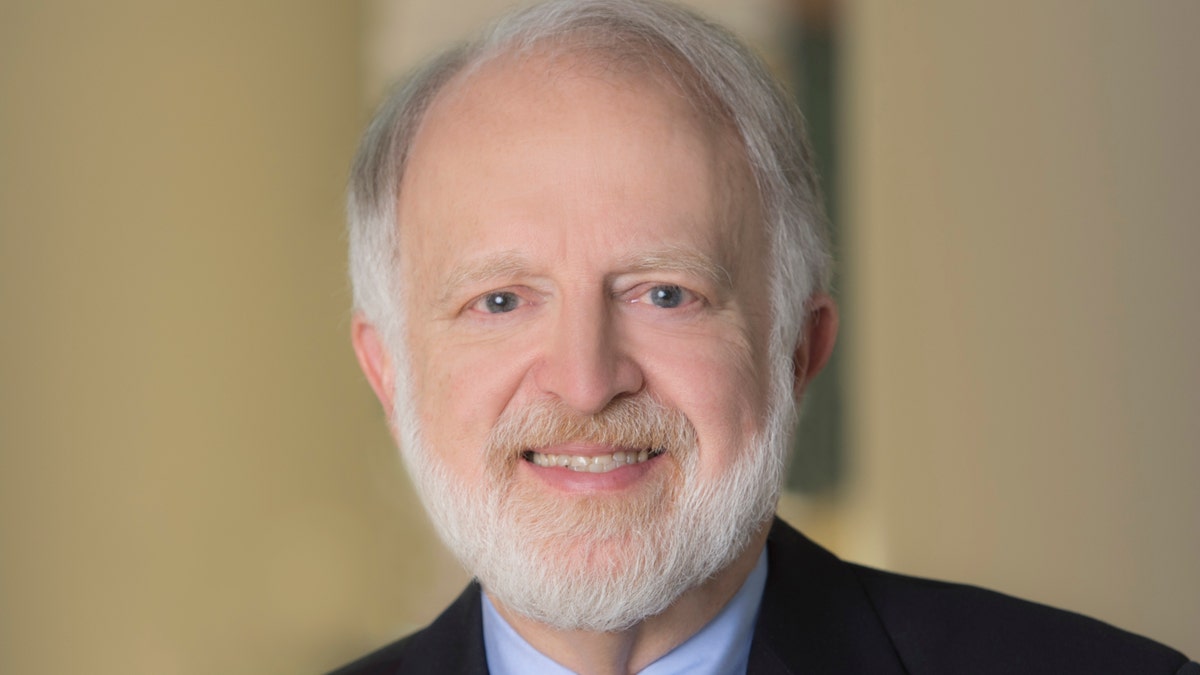
(©2012 Kaveh Sardari)
His mission for years has been to measure a population that, by its very nature, seeks to remain elusive.
When the subject of the size of the nation’s undocumented immigrant population arises, the most widely cited figure –11 million– invariably links back to one man, Jeffrey Passel.
Passel is a senior demographer with the Pew Hispanic Center, and for decades, he has examined data from a variety of sources, including the Census Bureau, to answer the perennial question about how many undocumented immigrants are making the United States home.
Now, the assignment that he has worked on to varying degrees since the 1970s, when immigration was of scant interest, has taken on burning importance as debates about reforming the system pivot – in large part – on how many undocumented immigrants would be affected by any overhaul.
“It’s keeping me busy,” said Passel, who is 66, about the heightened interest in immigration and the size of the undocumented population. “The mission here [at Pew] is to provide the best data and information that we can. It’s important to the political and policy discussions to have them based on good information.”
Some have disputed the claim of 11 million immigrants, saying it seems on the conservative end, and pushing it closer to 20 million.
Rep. Ted Poe, a Texas Republican, told Fox News Latino earlier this year that as someone who lives in a border state, the visceral feeling is that there are many, many more undocumented immigrants than what conventional wisdom holds.
Moreover, a report in 2005 entitled The Underground Labor Force is Rising to the Surface noted “the size of this extra-legal segment of the population is significantly understated because the official U.S. Census does not capture the total number of immigrants.”
The report said that their research indicated that “the census estimates of undocumented immigrants may be capturing as little as half of the total undocumented population.”
It warned that a serious miscalculation could result in ineffective government policy making relating to immigrants.
Passel has heard all this before, many times.
He stands by his numbers, he said.
Passel said that he and his colleagues arrive at the estimates after in-depth analysis of various sources of data, among them the Census, the Mexican Census, and other population studies.
They place great importance on Mexican population studies, which Passel says are rather comprehensive, because Mexico is the lead sending country of the majority of undocumented immigrants in the United States.
And so, Passel –who has bachelor’s degree in mathematics from the Massachusetts Institute of Technology, and post-graduate degrees in sociology with a special focus on demography– looks for population patterns in Mexico and any population changes in the United States that seem linked to each other.
He's always had "a quantitative view of things," Passel conceded.
Looking at those data sources, together with a rather complex web of other metrics, he is able to fairly confidently gauge a rough idea of how undocumented immigrants are living in the United States at any one time.
Some of that comes from the Census, which reveals growth in employment in certain sectors, like construction and service industries and agricultural work, for instance, where a disproportionate number of Latinos – many undocumented – hold jobs, he said.
Pew, he said, crunches the numbers without taking positions on immigration policies.
Despite their goal of being unbiased and staying out of the fray of partisan bickering over immigration, Pew does try to keep abreast of key discussions and sometimes release data they feel can help those debates.
“At one point in the Republican primary, Newt Gingrich was talking about allowing unauthorized immigrants who have been in the United States for 25 years or more, and have U.S.-born children, to become legal residents,” Passel said.
He and others examined data to see how long many undocumented immigrants have lived in the country, and found that most of them have been here 10 years or more. That has changed in the last 10 years.
“In the 2000 Census, two thirds had been here a short period of time, but that started changing in the last decade,” Passel said.
He’s seen other changes over the years.
There is more data now on undocumented immigrants, he said. The nature of undocumented population is becoming more family-based than it used to be, he said.
The number of undocumented immigrants coming in every year has declined – from an average of half a million each year for about 17 years, from 1990 to 2007, to less than that now. In the early 2000s, the number coming each year shot up to more than 800,000, and at times even 1 million, Passel said.
“There was a housing boom, and construction jobs that many of these immigrants could do,” he said.
But then, a review of updated data a few years ago indicated that the long-stated estimate of 12 million had slipped to about 11 million.
“Two things happened,” he said, “the number of people leaving increased” because of the recession and stricter border enforcement and fewer immigrants were coming in.
The immigrants who still were in the United States had planted roots, holding jobs, and having U.S.-born or U.S.-bred children who were assimilated and for whom English was a primary language.
“There are 4.5 million U.S.-born children who have at least one unauthorized immigrant parent,” he said.
Many groups ran with that statistic to argue that comprehensive reform would affect not just the immigrants who could obtain legal status through it, but millions of children whose futures were hanging in a balance because their parents could be deported.
Even if disagreements linger over exactly how many undocumented immigrants are in the country, the ability to measure this group is far more sophisticated than it ever has been, Passel said.
Decades ago, “some people said there were 2 or 3 million, others said more like 12 million,” he said.
“Over the course of the last 25 years, our methods have gotten better," adding that for the most part there’s a relatively broad agreement on the numbers by both advocates and conservative groups.
That said, Passel concedes that no amount of data can resolve the highly-charged divisions over what to do about undocumented immigrants.
“Knowing numbers doesn’t solve the underlying issues.”




